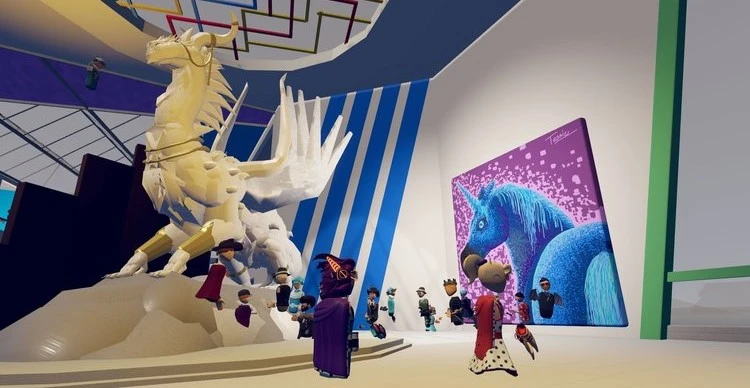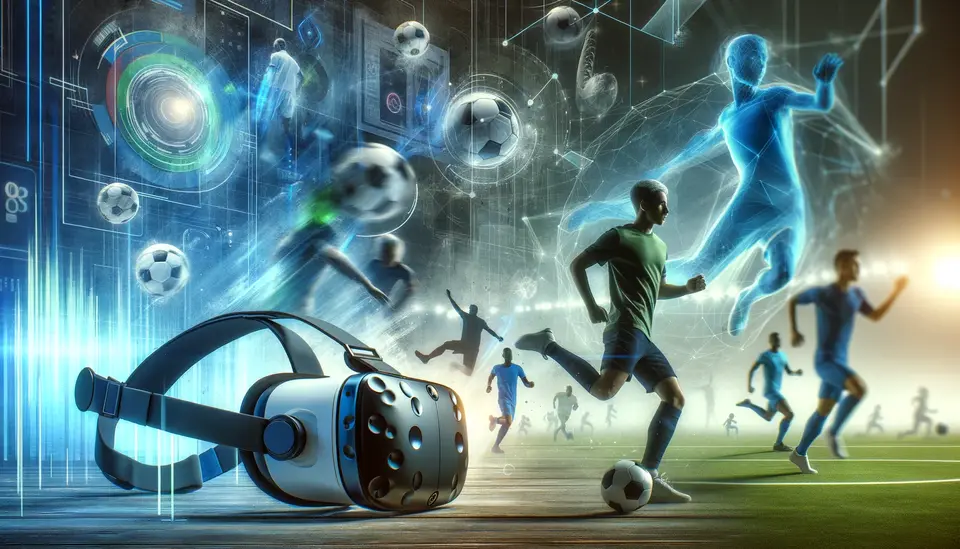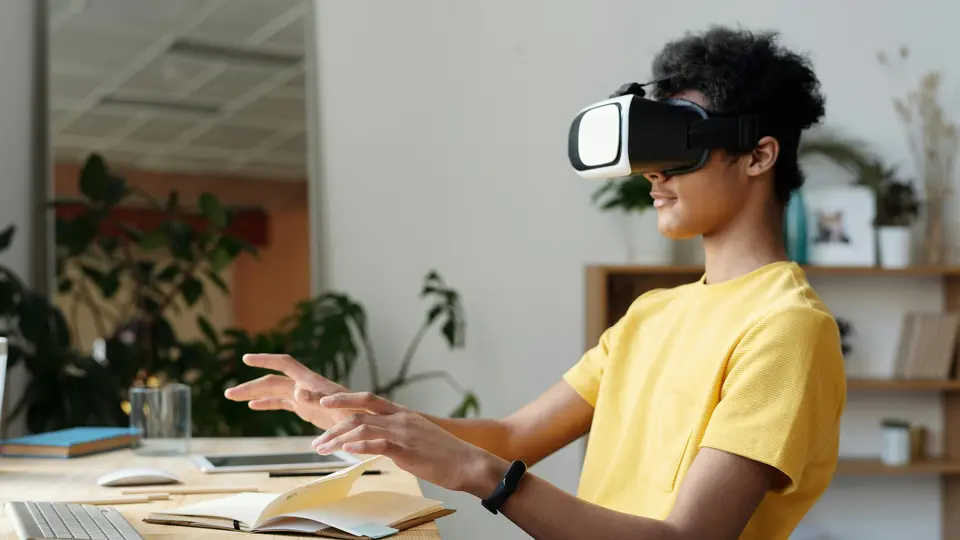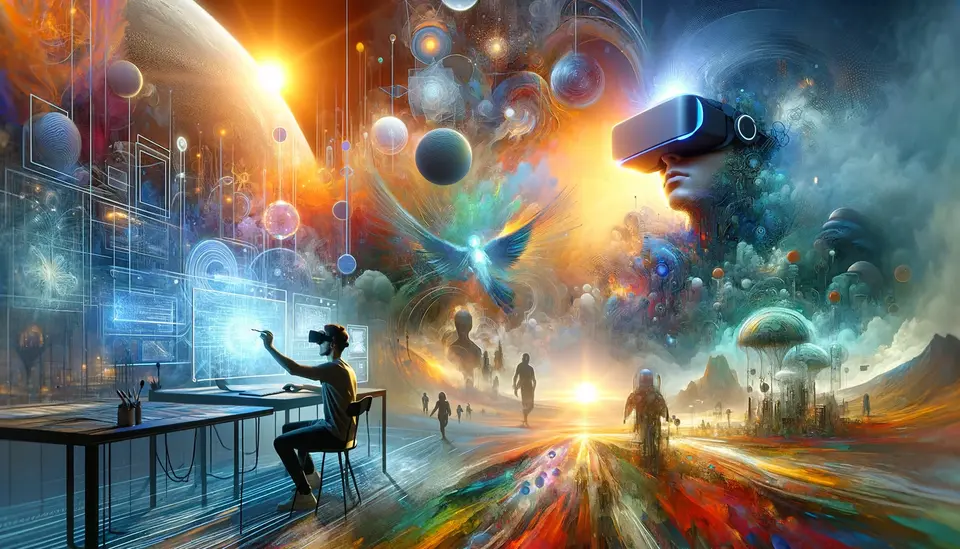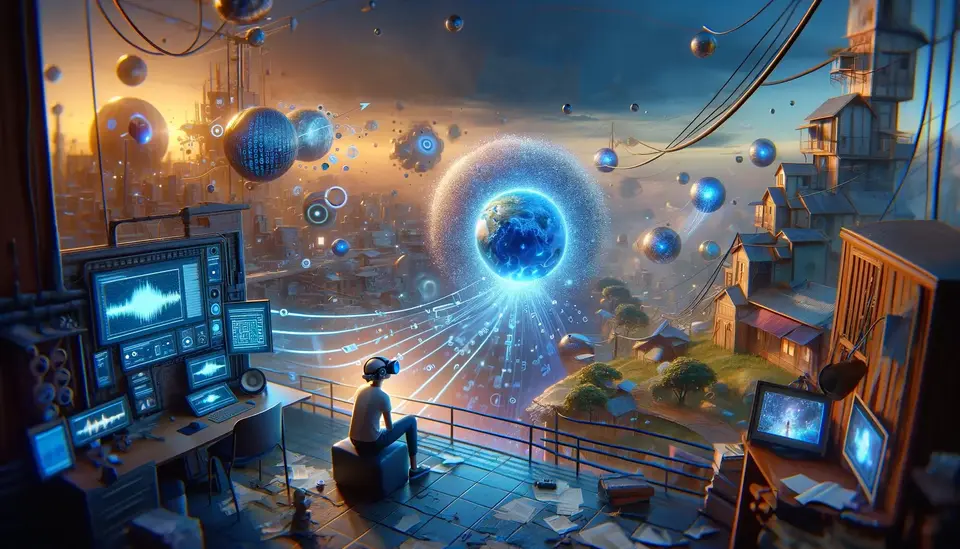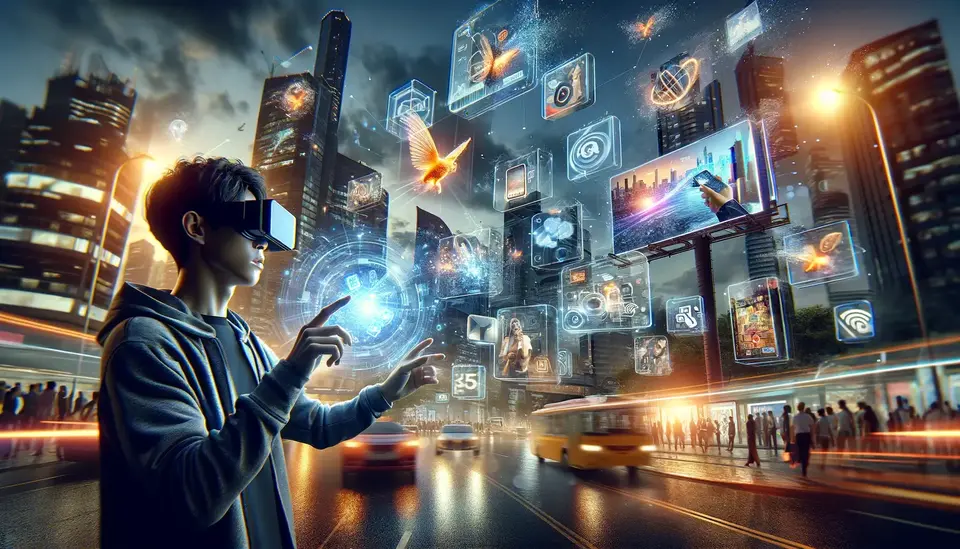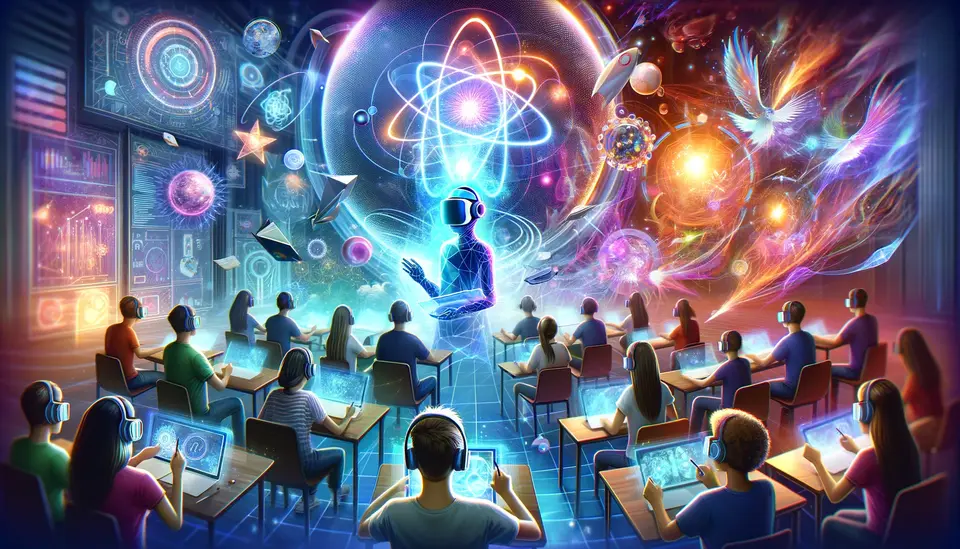15 Examples of the Use of Virtual Reality (VR) in Design
Posted on May 5, 2023 4 minutes 773 words
Table of contents
- 1. Urban Planning: The Virtual Singapore Project
- 2. Architectural Visualization: VR in the “Morphosis” Project
- 3. Interior Design: IKEA’s VR Showroom
- 4. Product Design: Ford’s VR Prototyping Lab
- 5. Fashion Design: Tommy Hilfiger’s Virtual Showroom
- 6. Automotive Design: Audi’s Virtual Reality Showroom
- 7. Game Design: “Half-Life: Alyx”
- 8. Landscape Design: Marshmallow Laser Feast’s “Treehugger”
- 9. Film and Animation: “Dear Angelica”
- 10. Exhibition Design: The British Museum’s VR Tours
- 11. Theater and Set Design: The Royal Shakespeare Company’s “The Tempest”
- 12. Packaging Design: Gillette’s VR Razor Prototyping
- 13. Graphic Design: Adobe’s Project Aero
- 14. Education and Training: Google’s Tilt Brush in Art Education
- 15. Accessibility and Inclusive Design: Microsoft’s SeeingVR Toolkit
- Conclusion
Virtual reality (VR) is rapidly transforming the design industry, offering an unprecedented level of immersion and interactivity. In this blog post, we’ll take a closer look at 15 real-world examples of how VR is being used in various design disciplines, showcasing its versatility and potential.
1. Urban Planning: The Virtual Singapore Project
The Virtual Singapore project is a 3D model of the city-state, allowing urban planners to simulate various development scenarios and assess their impact on the community. The model is used to optimize resource allocation, traffic management, and environmental planning.
2. Architectural Visualization: VR in the “Morphosis” Project
Morphosis Architects utilized VR technology to create an immersive, 3D walkthrough of their Cornell Tech Campus project in New York City. This enabled clients and stakeholders to experience the space before construction, providing valuable feedback and accelerating the decision-making process.
3. Interior Design: IKEA’s VR Showroom
IKEA leveraged VR to create a virtual showroom that allows users to explore and customize different room setups. Shoppers can change layouts, materials, and colors, making it easier to visualize their dream home and make informed purchasing decisions.
4. Product Design: Ford’s VR Prototyping Lab
Ford uses VR technology to design, test, and refine their vehicles in a virtual environment. This reduces the time and cost associated with traditional prototyping and allows engineers to make design changes more efficiently.
5. Fashion Design: Tommy Hilfiger’s Virtual Showroom
Tommy Hilfiger created a virtual showroom that allows users to “try on” garments and explore new collections in a 3D environment. This offers a more engaging, personalized shopping experience and reduces the need for physical inventory.
6. Automotive Design: Audi’s Virtual Reality Showroom
Audi uses VR to create immersive experiences for customers, allowing them to virtually test-drive vehicles and customize features. The technology also helps designers to visualize and refine new models before they are produced.
7. Game Design: “Half-Life: Alyx”
Valve Corporation’s “Half-Life: Alyx” is a groundbreaking VR game that showcases the potential of immersive, interactive storytelling. The game has been praised for its detailed environments, intuitive controls, and engaging narrative.
8. Landscape Design: Marshmallow Laser Feast’s “Treehugger”
“Treehugger” is a VR installation that enables users to explore the inner workings of a giant sequoia tree. The project was designed by Marshmallow Laser Feast to raise awareness about the importance of conservation and sustainable forestry practices.
9. Film and Animation: “Dear Angelica”
“Dear Angelica” is an animated VR film produced by Oculus Story Studio. The film allows viewers to experience the story from a first-person perspective, providing a unique and emotionally engaging experience.
10. Exhibition Design: The British Museum’s VR Tours
The British Museum offers VR tours of their exhibitions, allowing visitors to explore artifacts and artworks in an immersive, interactive environment. This technology has the potential to democratize access to cultural heritage and education.
11. Theater and Set Design: The Royal Shakespeare Company’s “The Tempest”
The Royal Shakespeare Company collaborated with Intel and The Imaginarium Studios to create a VR-enhanced production of “The Tempest.” VR technology was used to create magical, immersive stage effects that brought the play to life.
12. Packaging Design: Gillette’s VR Razor Prototyping
Gillette employed VR technology to visualize and test different razor packaging designs, allowing them to refine their products and make more informed decisions about materials and production.
13. Graphic Design: Adobe’s Project Aero
Adobe’s Project Aero is a VR platform that enables graphic designers to create interactive, 3D designs that can be experienced in augmented reality (AR) or virtual reality (VR) environments. This allows designers to communicate information and engage users in innovative ways that were not possible with traditional 2D design.
14. Education and Training: Google’s Tilt Brush in Art Education
Google’s Tilt Brush is a VR application that allows users to create 3D paintings in a virtual environment. Art schools and educators have started to adopt Tilt Brush to teach design principles and techniques, providing students with a hands-on, immersive learning experience.
15. Accessibility and Inclusive Design: Microsoft’s SeeingVR Toolkit
Microsoft’s SeeingVR is a set of tools designed to help designers create more accessible VR experiences for users with visual impairments. The toolkit includes features such as dynamic text scaling, audio cues, and magnification, ensuring that VR products and environments are usable for a wider range of people.
Conclusion
As we’ve seen through these real-world examples, virtual reality is not only transforming the design industry but also redefining the way we experience the world around us. As VR technology continues to evolve, it’s likely that its applications in design will continue to expand, pushing the boundaries of creativity and innovation.

